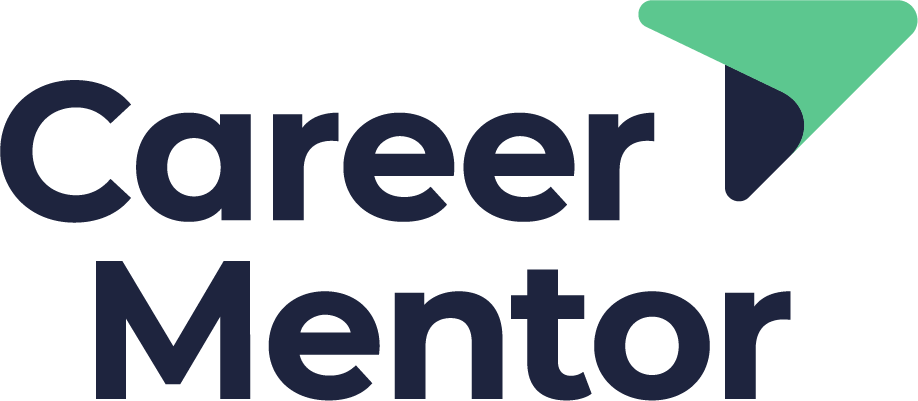How not to get interviews
Like it or not, the job interview remains the gateway for getting any new job. Therefore, avoiding common mistakes when trying to get interviews for jobs that you’re targeting is critical. So let’s have a look at the things not to do in a job search.
Cold calling with no context or rapport - Sending an email with a cover letter and your CV to people who you haven’t met and have no relationship with, in the hope that something will stick, is a big faux pas. It’s highly unlikely to work. You don’t know if you’re reaching out to the right person, if they even have any need, or, indeed, if they’re best placed to make a decision even if they do.
Calling in favours with no warm up - Contacting people in your professional network who you haven’t spoken to for a long time is another common mistake. You can imagine how you'd feel if someone that you haven’t heard from for ages all of a sudden reaches out because now they want something from you. It’s awkward and a bit random. At worst, some might consider it rude. That’s why it’s important to have a system that you diligently apply to stay in regular contact with those in your professional network. Your job is to serve them and to add much more value to them than you would ever expect back. That way, if you do need to call in a favour, you’ve built up enough genuine good will that they’ll want to help you out if they can.
Over asking - If you’re going to ask a network contact for help or guidance, then make sure that you’re not asking for too big a favour. You are much more likely to get a key introduction if it’s easy for them to do.
Lack of clarity in your messaging - When you’re conducting a job search, it’s key that the messaging around what you do and how you add value to an enterprise is crystal clear. Confusing the reader will work against you. To that end, ensure that your CV expresses exactly what you bring to the party and that it’s completely aligned with the messaging in your LinkedIn profile and cover letter. One core message for one target audience. And yes, cover letters do still often matter.
Getting your timing wrong - This may not be something that you can control but can explain why you may not be getting any traction. Your market may have a time of year when most of the hiring is done, which you need to be aware of and factor in. Your sub-sector may be at a certain point in a cycle that does not favour you. Or worse, it might be in a fundamental decline. The firm that you’re targeting may be having a bad moment - that said, often, firms in trouble will need to hire the best talent to get them out of trouble so that might also mean opportunity. Equally you might be approaching a firm that’s doing very well and just has no need to hire for the time being.
Misdirecting your efforts - Targeting only decision makers who are actively looking to hire now is great, but there may also be a significant number who are thinking about how to tackle an issue and have not yet pulled the trigger. Accessing them can pay off if you’re able to get in front of them at the right time.
Relying on only one or too few channels - Online applications can often pay dividends in a job search. Hoping that you can get a recruiter to add you to the shortlist for a role can also work, as can meeting people in your network for coffee. The important thing here is that your efforts need to be broad and varied. If you rely on too few channels, especially if they are not executed in an exceptional way, you may find yourself not getting the result you want.
Closing thoughts
Navigating a successful job search is no mean feat. Reaching out in a way that gets you interviews is a real achievement. It’s even better to organise your career and both your internal and external marketing in such a way that potential employers come to you.
These are techniques that we teach and practise with our Career Mentor coaching clients. Let us know if you’d like to have a chat. All my contact details are at the top of my LinkedIn profile in the Contact Info section, or click here to schedule a call.
